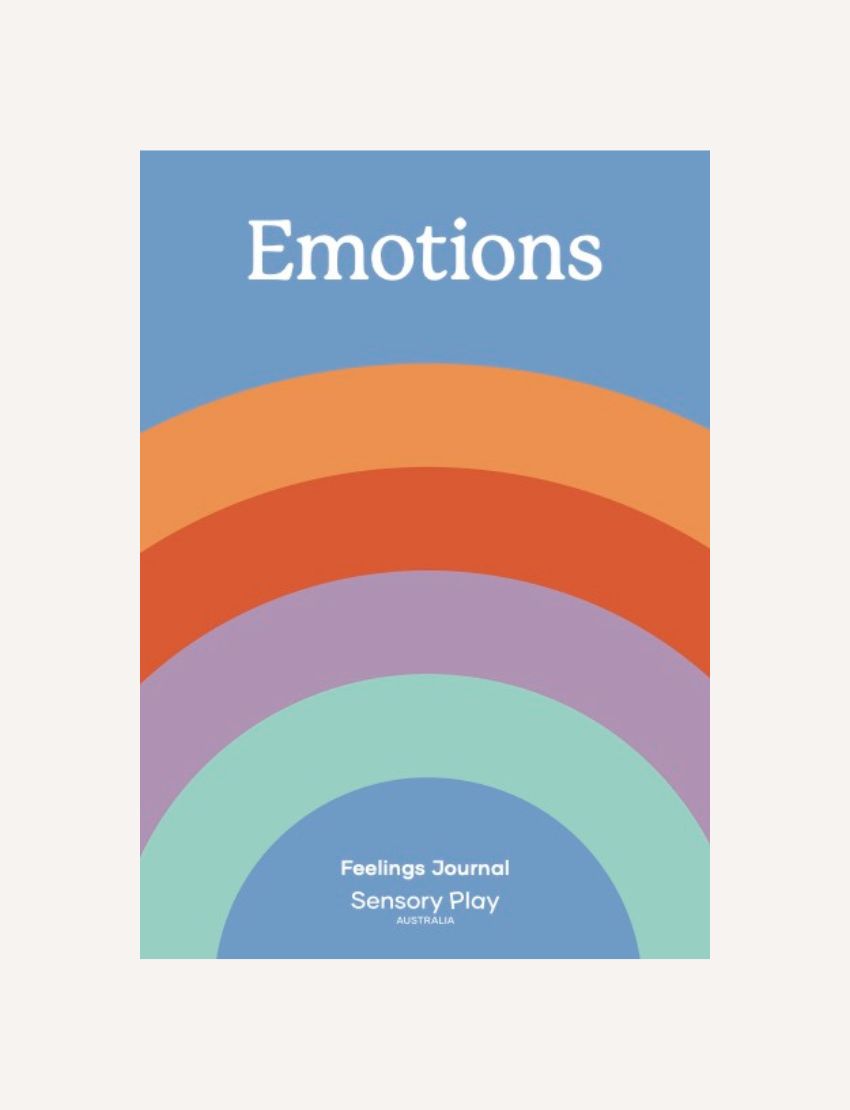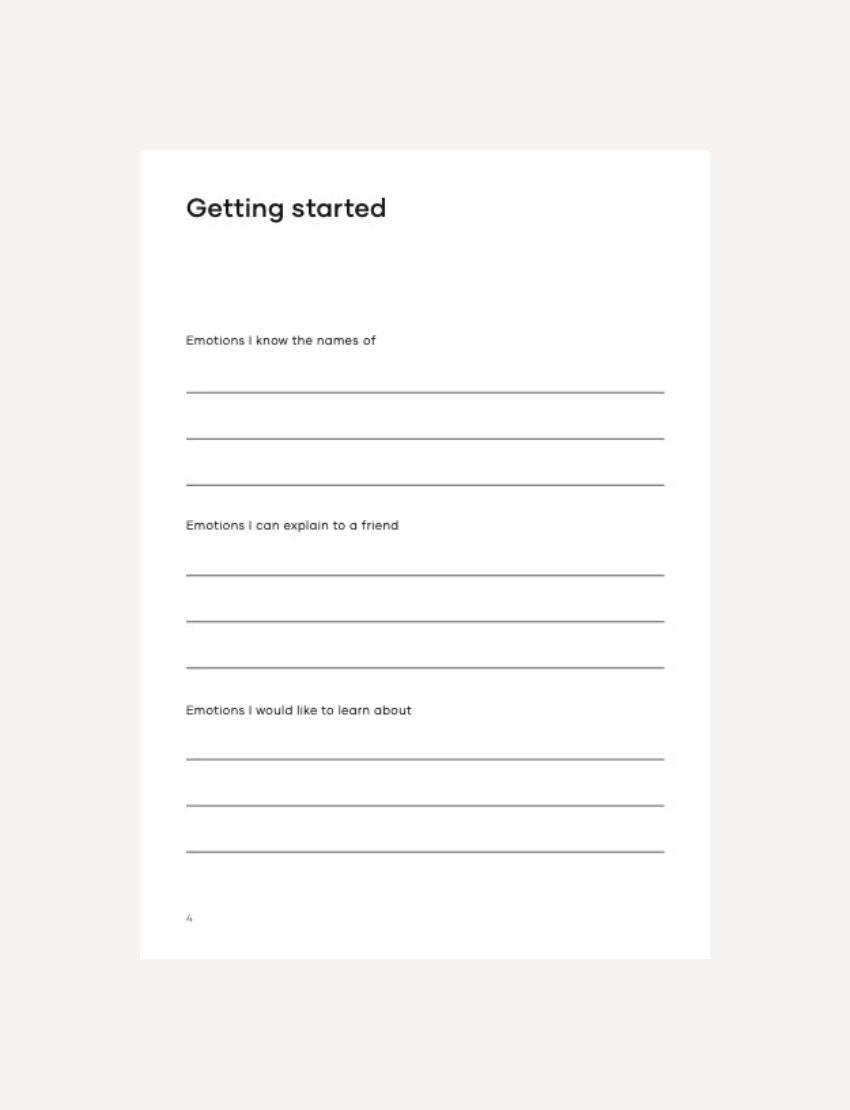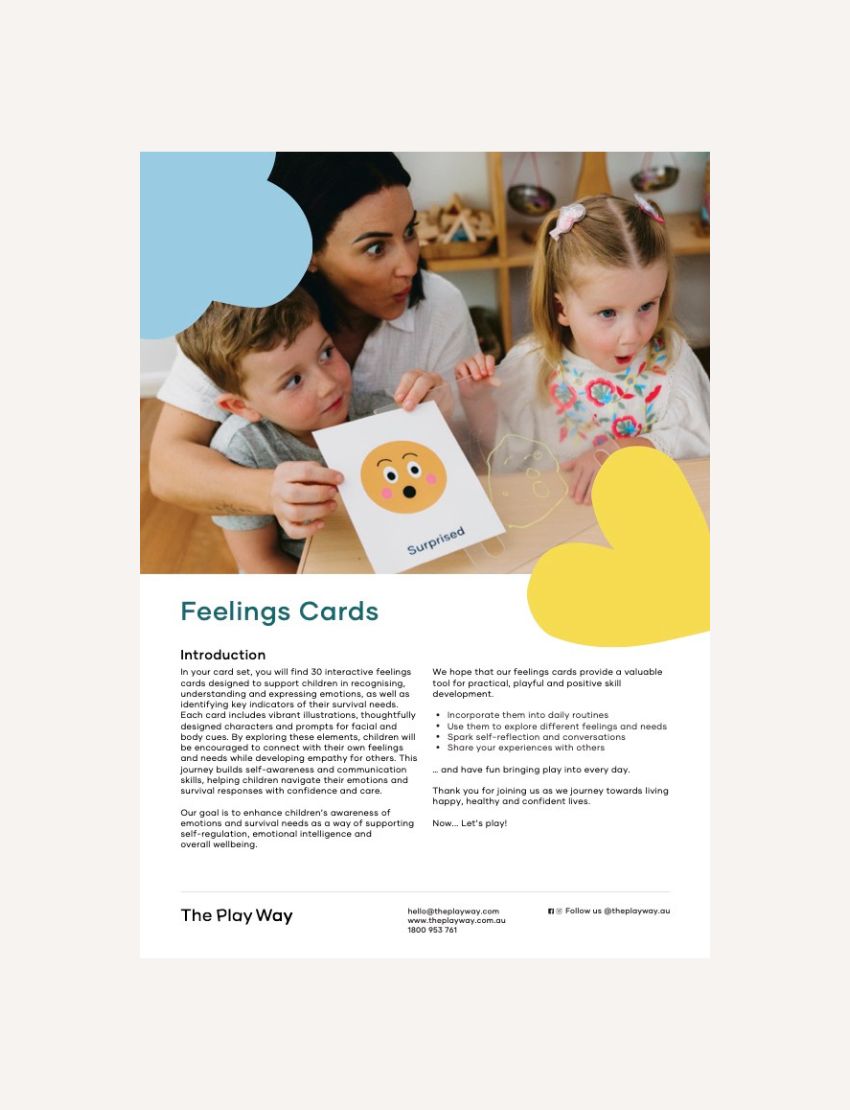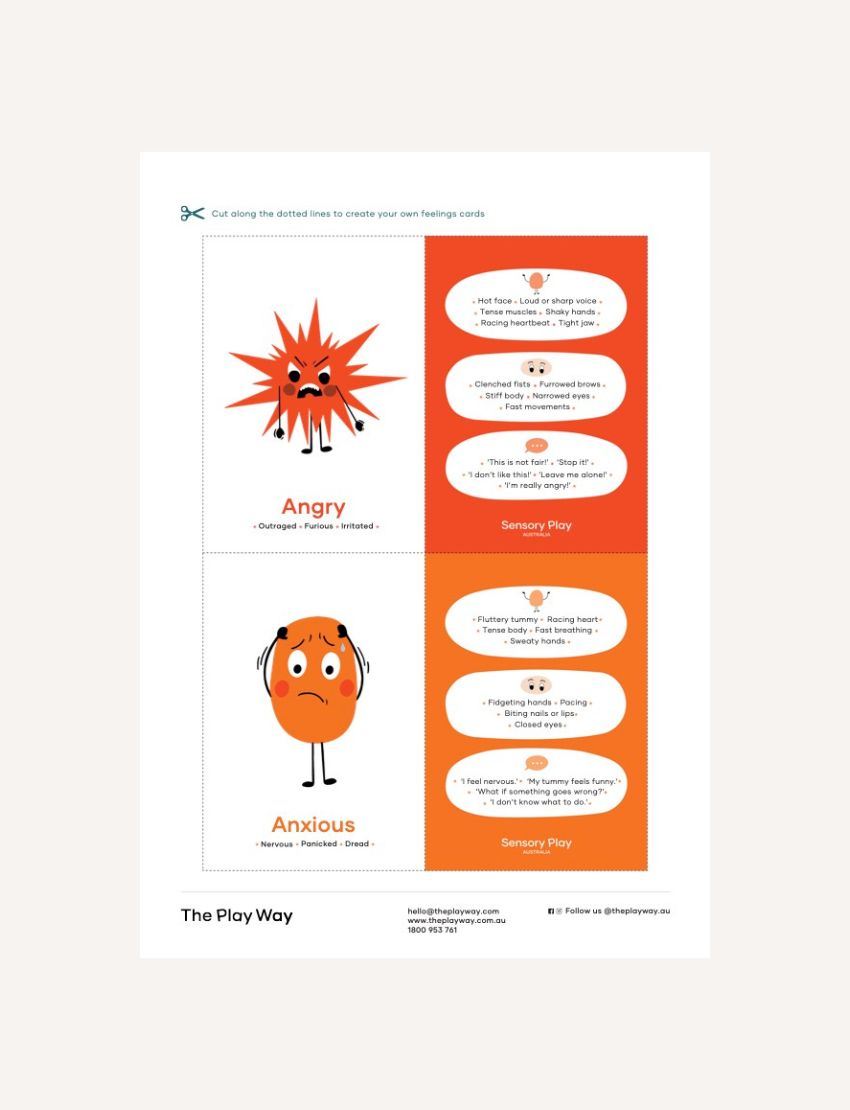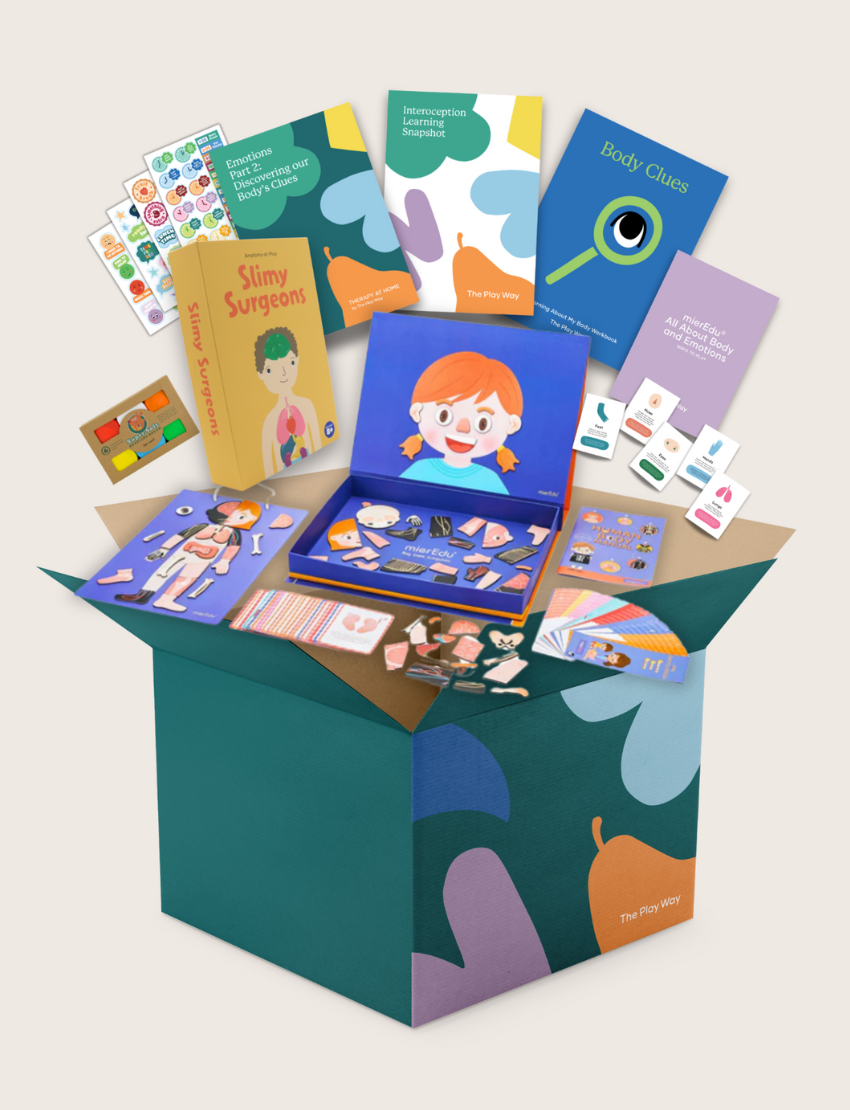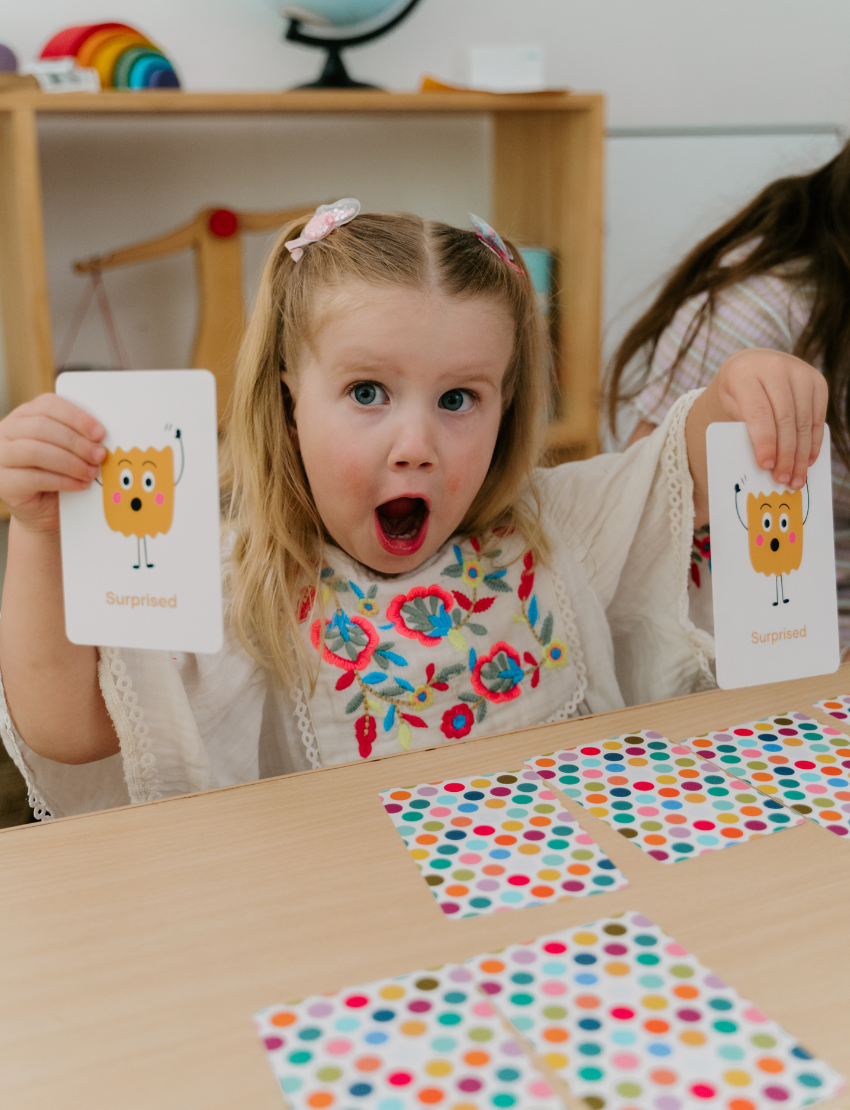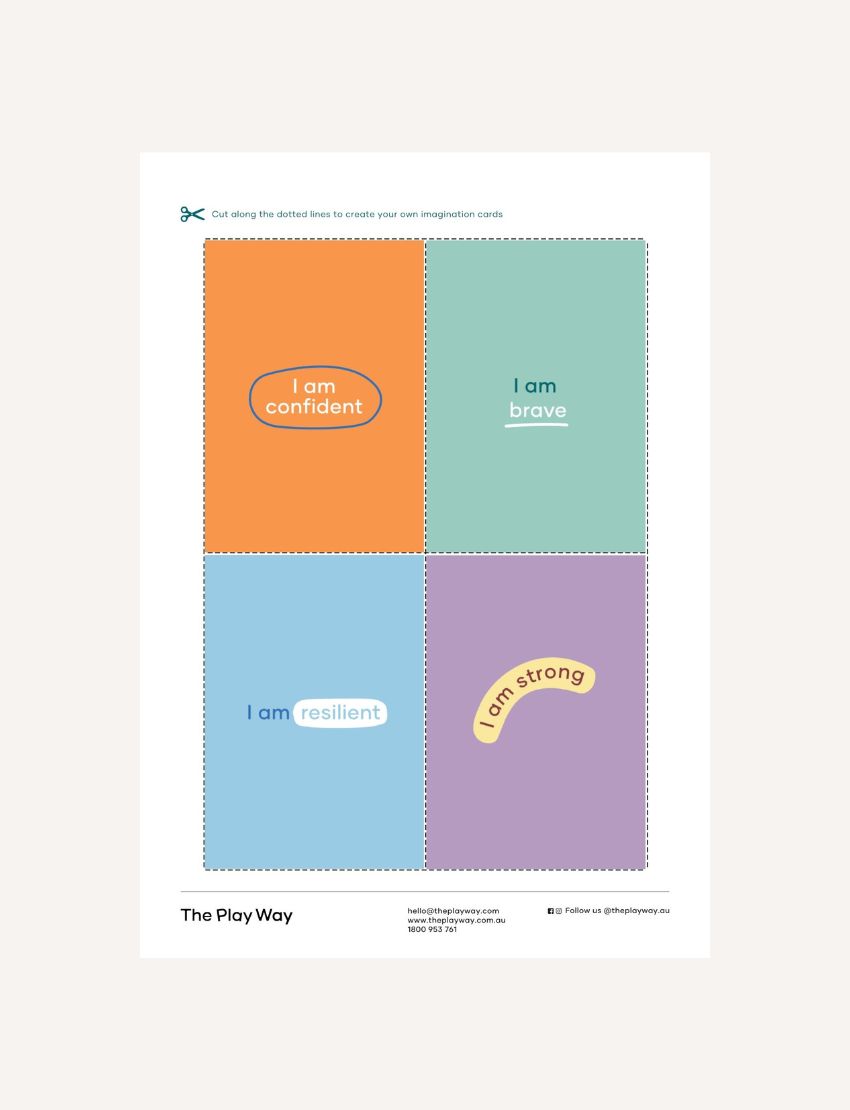Let’s be honest, big feelings happen all day long in early childhood settings. From the joy of building a tall block tower to the heartbreak of a broken biscuit, emotions can swing wildly and fast. As educators, you're right there in the middle of it, coaching, comforting and catching the flying Lego.
But here’s the thing: children aren’t born knowing the words for how they feel. That’s something they learn over time. And just like learning colours or numbers, learning to name and understand emotions takes practice, patience and repetition.
So how do we support that learning in a way that’s simple, effective and playful?
Let’s walk through some practical, everyday strategies that you can use to gently embed emotional language into your routines, no flashcards or fancy scripts required.
Why Emotional Literacy Matters
When children can identify and name their emotions, they’re better able to regulate them. And that leads to big benefits in learning, relationships and resilience. Research shows that strong emotional literacy supports self-regulation, social skills and long-term mental health.
Think of emotional literacy as the foundation for all those ‘soft skills’ we value so highly, like empathy, problem-solving and confidence. It’s not a nice-to-have, it’s a must-have.
Strategies to Try: Building Emotional Literacy Through Daily Practice
1. Start with your own feelings. You’re the model here. When you name your own emotions out loud, you’re teaching children the language they’ll eventually use themselves. For example, you could say 'I’m feeling a bit frustrated because I spilled my coffee. I’m going to take a deep breath and clean it up,’ or ‘I’m excited to see what you’ve built today!’ Keep it age-appropriate and link it to physical sensations when possible. 'My tummy feels wobbly, that’s how I know I’m nervous.'
2. Embed feelings into everyday chats. Whether you’re on the mat, in the sandpit or during snack time, find little moments to talk about how children (or characters in stories) might be feeling. For example you could say 'How do you think the bear felt when he lost his scarf?' 'You looked proud when you poured your own water!' It doesn’t have to be deep or dramatic. Just regular little check-ins that build vocabulary over time.
3. Help children name their own emotions. When a child is having a hard time, try gently suggesting what they might be feeling. You don’t have to get it right, just showing curiosity helps them feel seen. For example, 'I wonder if you’re feeling disappointed that your turn is over?' 'You seem a bit worried, do you want to sit with me for a moment?' Some children might resist at first, and that’s okay. Start with broader terms like 'upset' or 'not quite right' and refine from there.
4. Separate the feeling from the behaviour. This one’s big. All feelings are okay. But not all behaviours are. For example, 'It’s okay to feel angry that the toy was taken. It’s not okay to hit. Next time, let’s use words or come and ask for help.' This reinforces that emotions aren’t bad or wrong, and gives them tools to express themselves in safer ways.
5. Use routines to your advantage. Routine times are the perfect moments to check in on how everyone’s feeling. For example during your morning check-in circle you could ask 'What colour are you feeling today?' At the end of the day, you might ask 'What was a lowlight and a highlight from your day?' These little rituals help children notice and name emotions, while also building connection and a sense of safety.
6. Bring play into it. You know we’re all about playful learning at The Play Way. Try using puppets, emotion cards, drawing or even acting out feelings with faces and bodies. Encourage children to make funny faces or use their bodies to demonstrate each emotion. This helps children connect emotional language with sensory and creative experiences.
7. Choose the right time and place. If you’re going to talk about tricky emotions, timing is everything. Children are more open when they’re calm, not when they’re already upset or overtired. Some great times to chat? During quiet play, meal-times or even side-by-side while drawing. For some children face-to-face can feel intense, so sometimes a side-by-side conversation is more effective.
Final Thoughts: Keep It Gentle and Consistent
Supporting emotional development doesn’t have to mean big lessons or worksheets. It’s the small, everyday moments that matter most. Over time, you’ll start to notice children reaching for those words more easily, expressing themselves more clearly and maybe even comforting each other with empathy. Freebie Vault
So next time a tower falls, a turn is missed or the playdough is just too sticky, pause, breathe and offer a few words to name the feeling. You’re not just managing the moment. You’re building a lifelong skill.
Download our free Supporting Emotional Literacy Classroom Poster in our freebie vault help bring more emotional language into your classroom. It's full of simple ideas to get you started.








